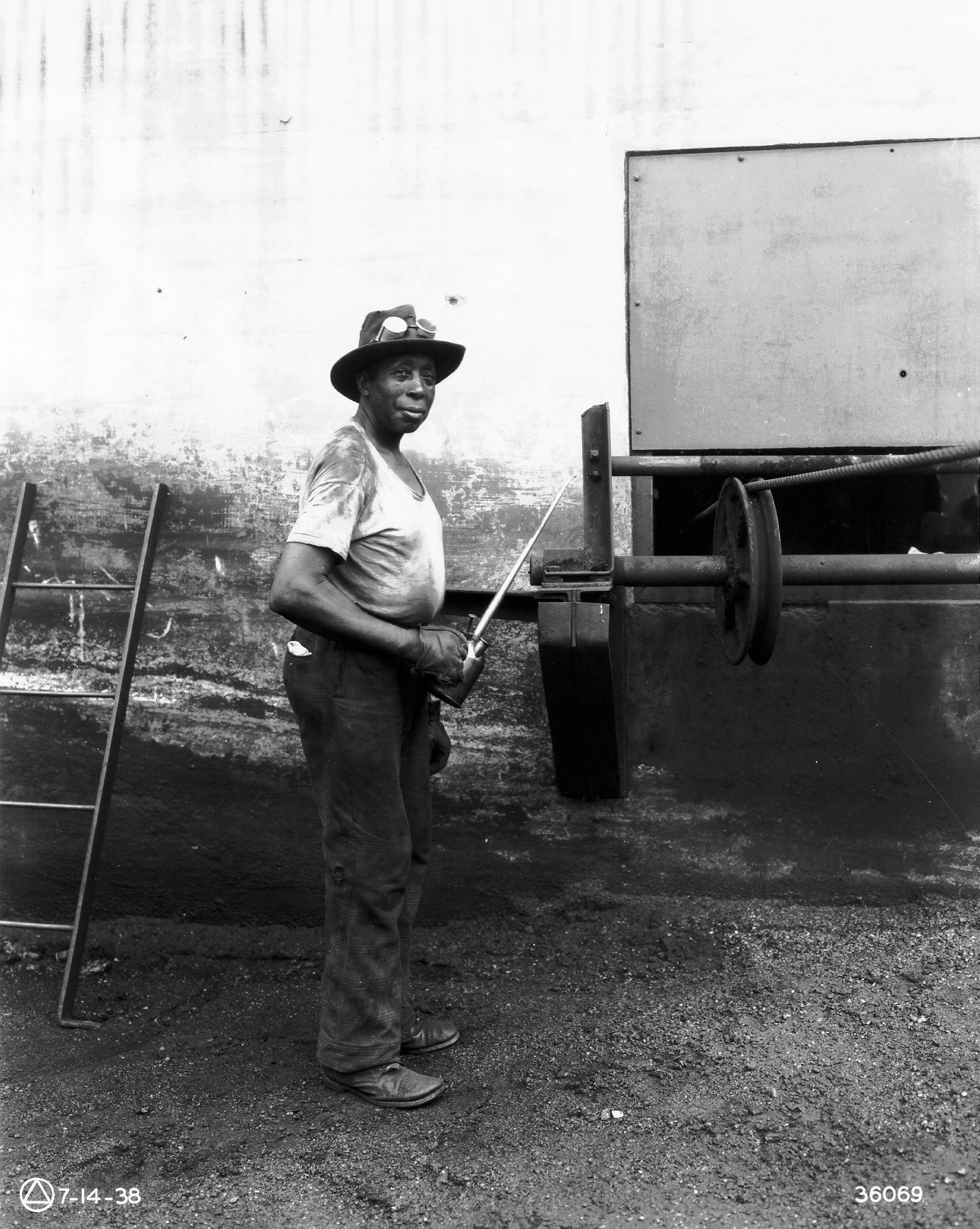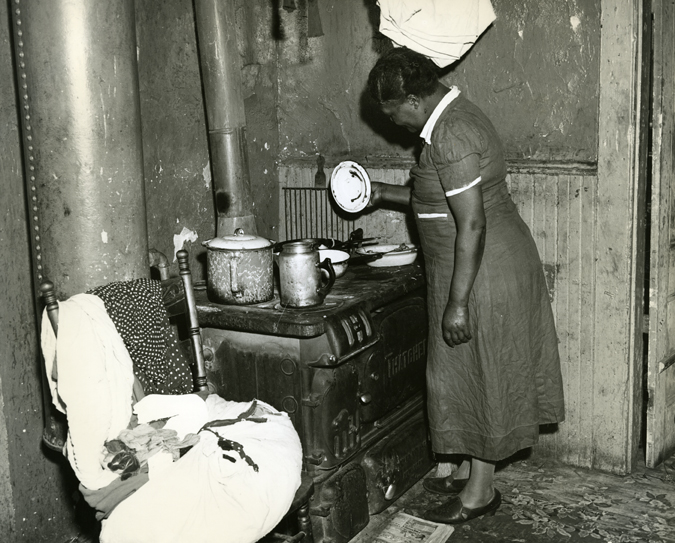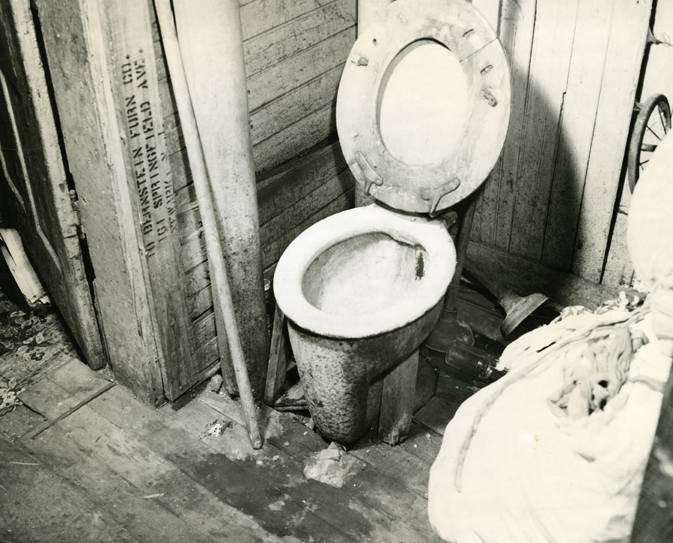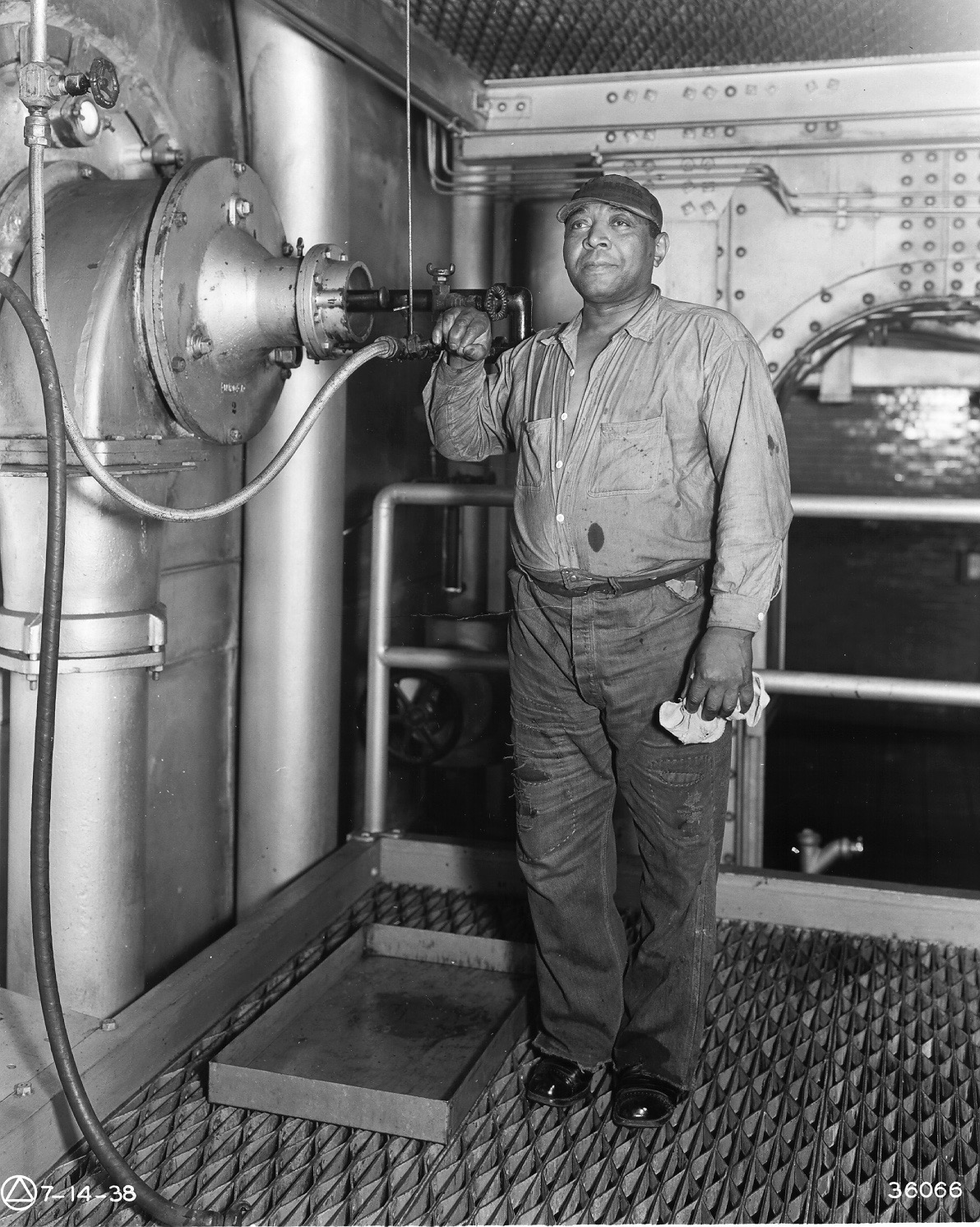Richard Taliaferro
Richard Taliaferro was the youngest of Harry and Elizabeth Taliaferro’s seven children. The family lived on 11th Avenue, near the corner of South 8th Street. After leaving school at the age of 16, Richard worked at Pechter’s Bakery in Harrison, and later at A&P Bakery on Frelinghuysen Avenue in Newark. According to his mother, ‘The boy worked all the time. He never did miss a day’s work.” His sister, Frances, remembered, ‘He didn’t like anything loud or rough or anything like that.’
On Friday, July 14th, Richard Taliaferro returned home around 5:00 A.M. and went to bed after finishing his shift at A&P. After sleeping through much of the day, Richard was lured outside by the commotion of the rebellion underway in the city. Around 11:00 P.M. a group of people began pulling at the window grates of the WC Liquor Store on the corner of South 8th Street and 11th Avenue, not far from his family’s apartment. It is unclear whether Richard Taliaferro was involved in breaking into the store, but he was amongst the crowd that had gathered in the vicinity when police arrived on the scene.
According to 18-year-old witness Darnell Jones, ‘There were three cars. We were on the other side of the street just looking. They came in like they were gonna blow somebody’s head off, they were shooting at everybody. They didn’t yell nothing, they just started shooting.’
As the police opened fire, Richard Taliaferro ran across 11th Avenue and started up South 8th Street. The 25-year-old had hardly made it across the street when he was hit by a shotgun blast, with two of the four slugs passing through his body. Although slowed by the shot, Taliaferro continued up the street, finally coming to rest on the front stoop of 86 South 8th Street.
‘We were watching from…a few houses down the block,’ 17-year-old witness Reggie Brown told journalist Ron Porambo. ‘He just sat there on the steps and leaned over. He leaned further and further and fell on the sidewalk. The cop who shot him stepped over the body and looked in the alley for somebody else.’
Richard Taliaferro was dead at the age of 25 after having been shot by police while running for his life from the scene of a burglary. The presentment of the Essex County Grand Jury declared, “The officers ordered the victim to halt but instead Taliaferro and his companions fired hand weapons at them.” According to witness Reggie Brown, though, ‘There wasn’t no gun, nobody had guns but the police.’
The Essex County Grand Jury found “no cause for indictment” of the officers involved.
References:
Ronald Porambo, No Cause for Indictment: An Autopsy of Newark
Presentment of the Eighth Essex County Grand Jury of the 1967 Term
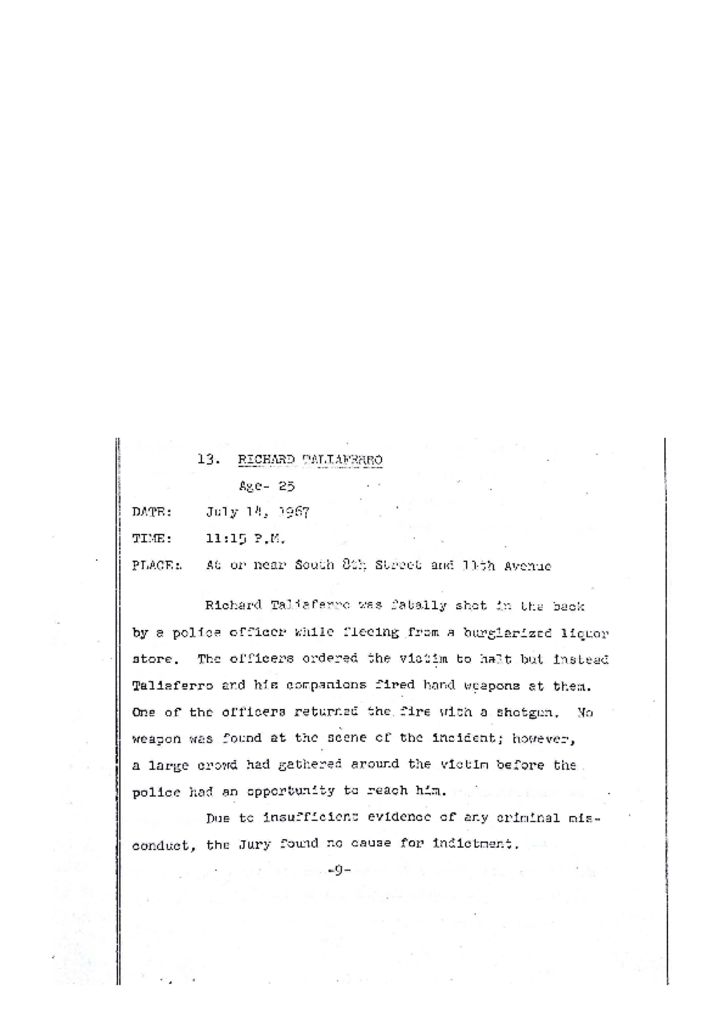
Grand Jury report describing the fatal shooting of 25-year-old Richard Taliaferro on July 14, 1967, who was “shot in the back by a police officer while fleeing from a burglarized liquor store.” The Grand Jury found “no cause for indictment.” — Credit: Newark Public Library
